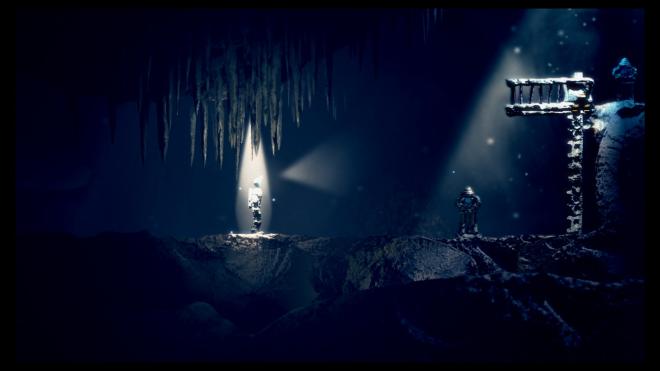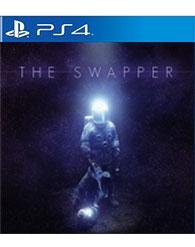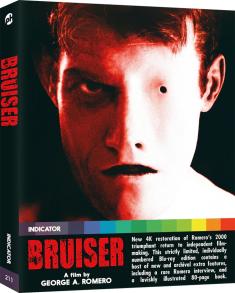The Swapper
Overview -
Initially released for the PC by Helsinki-based indie developer Facepalm Games, 'The Swapper' features an atmospheric, side-scrolling puzzle platformer with inspirations clearly taken from classic movies such as '2001: A Space Odyssey' and 'Solaris' and an art style and art prodcution method rarely seen in gaming. The praise that 'The Swapper' garnered, along with numerous awards from the likes of Indie Showcase Develop Conference and Nordic Game Indie Night, eventually culminated into ports for the PlayStation 3, PlayStation 4, and PlayStation Vita systems. But is 'The Swapper' anything more than a placeholder while the PlayStation 4 faithful wait on bigger AAA titles to be released?
Video Review

With light and shadow playing such a significant role in the mechanics of 'The Swapper', it probably goes without saying that the developers at Facepalm Games ensured that not only the mechanics work, but that they represent a significant visual style to the overall game. And indeed they do. Not only do the variations in color heighten the atmosphere to an otherwise extremely dark and foreboding game, but the added use of particles floating through these light sources further the sensation of isolation; as if nothing and no one has walked the halls of Theseus for an eternity.
Even more impressive are the impeccably detailed and originally crafted environments. Created through the use of clay and other real world materials, in place of the more traditional digital art most video games are associated with, the developers presented a world both unique and immersive. The cold and dark commonly associated with the deepest recesses of space are creatively matched with a style of visual representation that perfectly represents the mood and setting the game is attempting to capture.
Audio Review

It's easy to fault a video game for poor voice-overs and lackluster sound effects when the end result is uninspiring and lacking detail. In contrast, 'The Swapper,' and its intentional limitation on the use of audio, helps to further immerse the player into a world that is clearly focused on isolation. Aside from occasional, yet brief, sequences of dialogue, the only other audio representation the game provides is from the various interactions with the space station itself: switches rotate light sources and elevators hum with repeated use. The muted sound effects and dead silences can often be more deafening than the loudest explosions generally experienced with AAA titles. It was an often odd and somewhat uncomfortable feeling that consistently reminded me of the now infamous tagline from Ridley Scott's 'Alien' – In space, no one can hear you scream.
I came away from 'The Swapper' with that rare feeling of video game content and satisfaction. From the intriguing puzzles and puzzle mechanics, to the awe inspiring handcrafted visuals, there is very little that I didn't admire and appreciate. Released at a time when most gaming consoles are experiencing their yearly summer dry spell, it was a welcome addition and more than just simple filler. It prompted questions of morality with a deeper-than-expected story, while satisfying on a variety of levels with unique and challenging puzzles.












